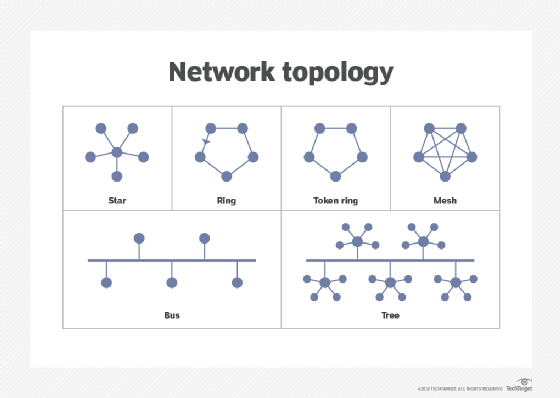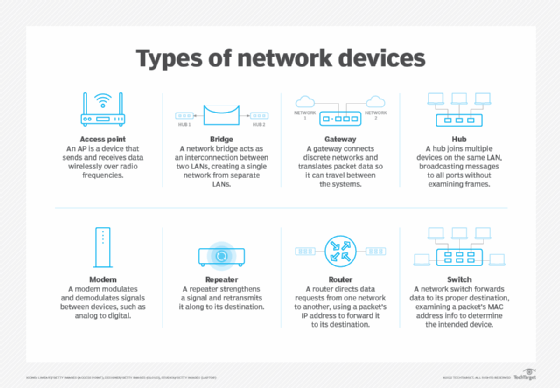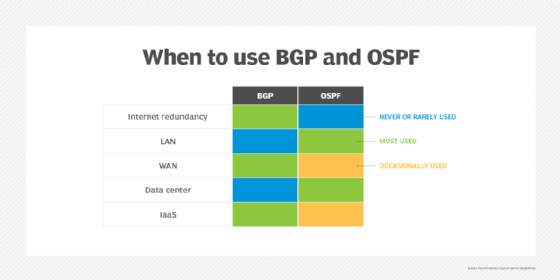network fabric
What is network fabric?
"Network fabric" is a general term used to describe underlying data network infrastructure as a whole.
A "fabric" network is a network topology where data is passed between nodes laterally, east to west, as well as north to south. A fabric network will have a regularly repeating pattern in the network diagram. The term "fabric network" is used differently by various vendors, so there is no exact definition.

The term "network fabric" had historically been used describe cloth fabric with a loose weave that is used as a backer or support of other fabric or item. In this sense, the term "net" is used like fishing net and "'work" describes its workmanship.
As the term "network" began to be used to describe telegraph, telephone, and eventually computer networks, the phrase network fabric began to creep into the lexicon. This seems to be because network or switch diagrams often appear like woven cloth due to the intercrossing wires.
In modern use, "network fabric" is generally used to describe the entirety of an underlying computer network. This includes any cables, switches, routers and software. It might be shortened to just "fabric."

As an example, you might say "the data travels through the network fabric to its destination."
"'Network fabric" is a generic term that can be imbued with different meanings depending on the specific use or product vendor. In most cases "network fabric" is used as a buzzword and could be replaced with just "network."
What is a "fabric" network?
The term "fabric" may be used by vendors to describe a network topology with many peer nodes that are interconnected in a regular pattern. In this sense, a fabric network is a more specific type of mesh network. A fabric network will emphasize regularity of east/west (between peers) and north/south (between higher and lower levels) connections, while a mesh network can be irregularly arranged.
Most traditional data network topologies emphasize north/south network traffic data traversal. In these networks data goes over larger and larger connections from smaller to larger network equipment. Typically, there will be only one path that the data can take to go between any two given points.
Mesh networks may have multiple paths that data can flow because of how the nodes are interconnected. A fabric network will have multiple possible paths of equal length because of the large number of connections between peers. Equal cost multi-path (ECMP) routing can allow for these network designs to load balance and achieve higher throughput than networks that rely on large 'backbone' connections. ECMP can be done with OSPF (Open Shortest Path First) or BGP (Border Gateway Protocol) protocols.

A fabric network topology may be considered when designing a building or campus network layout.
Learn about twelve common network protocols and their functions and when to use BGP versus OSPF protocols. Check out our ultimate guide to network management in the enterprise.






